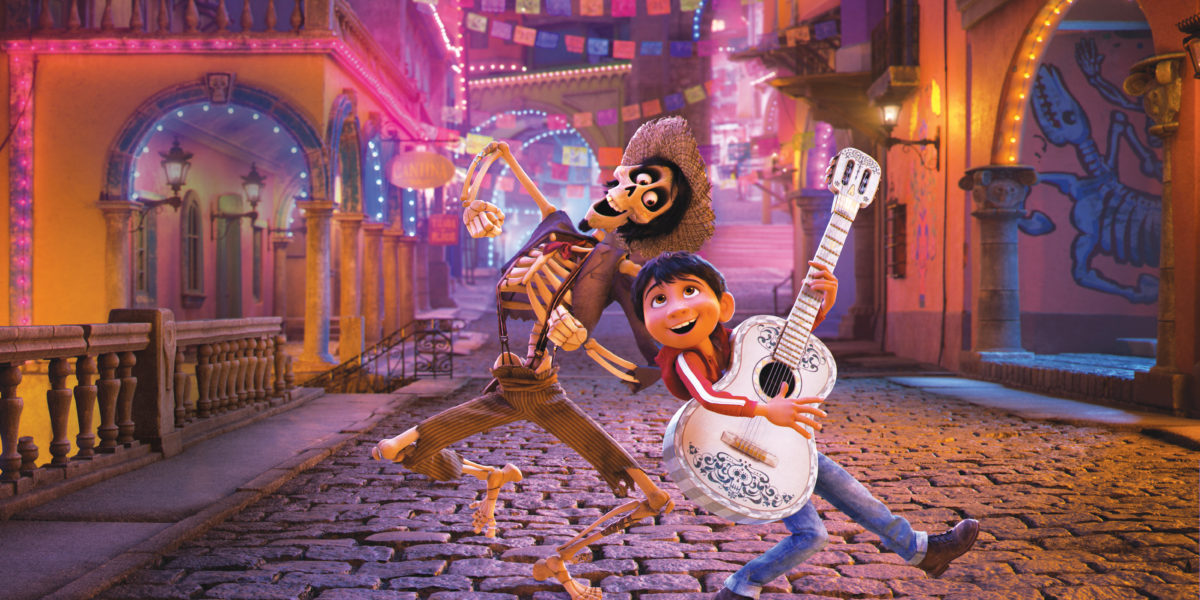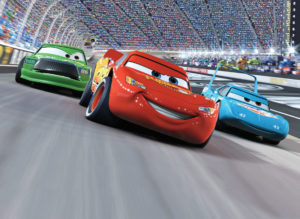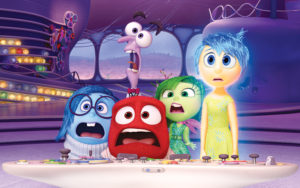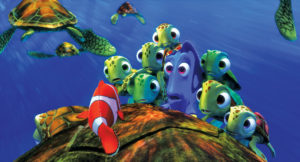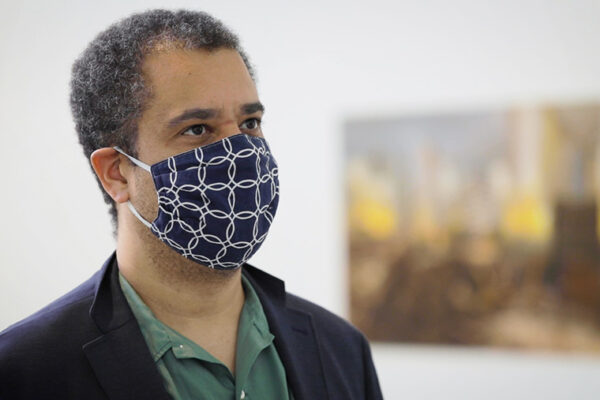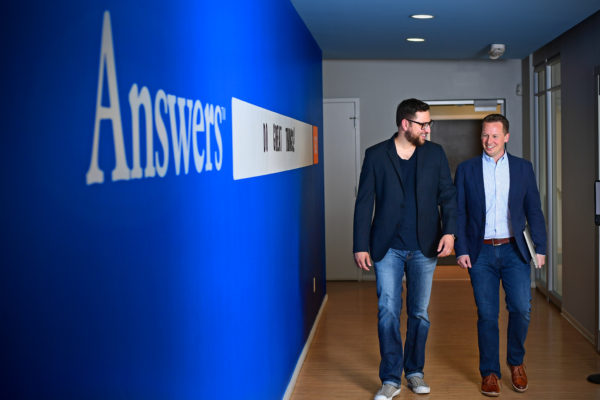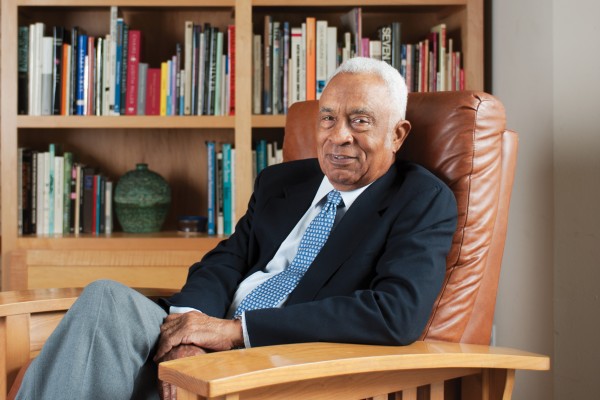During his long career at Pixar Animation Studios, Chris Bernardi, AB ’85, has attended premieres for hit movies like Finding Nemo, Cars and Inside Out. But he was especially thrilled — and more than a bit nervous — to walk the red carpet Oct. 24, 2017, for the Mexico City premiere of Coco.

Bernardi was thrilled because Coco was his first film as set supervisor, a job that pushed him as both an artist and a coder. And Bernardi was nervous because he had supervised a team of 32 designers and hoped Mexican moviegoers would recognize the world they had created as both authentic and magical.
“We were in Mexico City for a movie about a Mexican family that takes place against the backdrop of Día de Muertos (the Day of the Dead), an important Mexican holiday,” Bernardi says. “We had worked very hard to get the movie right. By the end of the night, we knew that we had succeeded.”
The movie went on to bust box-office records in Mexico and was universally adored by American critics and moviegoers alike. And it won more than a dozen major awards, including the Golden Globe and Oscar for Best Animated Feature.
For those who have yet to see Coco, the movie is about a young boy named Miguel who wants to play guitar despite his family’s longtime ban on music. To prove his talent, he travels from his village, where his family makes shoes, to the “Land of the Dead,” where he meets his ancestors. Bernardi’s job was to build both worlds.
“We are the carpenters and masons of Pixar, but instead of working with wood and brick, we are using code and software,” Bernardi says. “Everything from the smallest piece of trash in the gutter to the tallest building to the sky itself was created by an artist.”
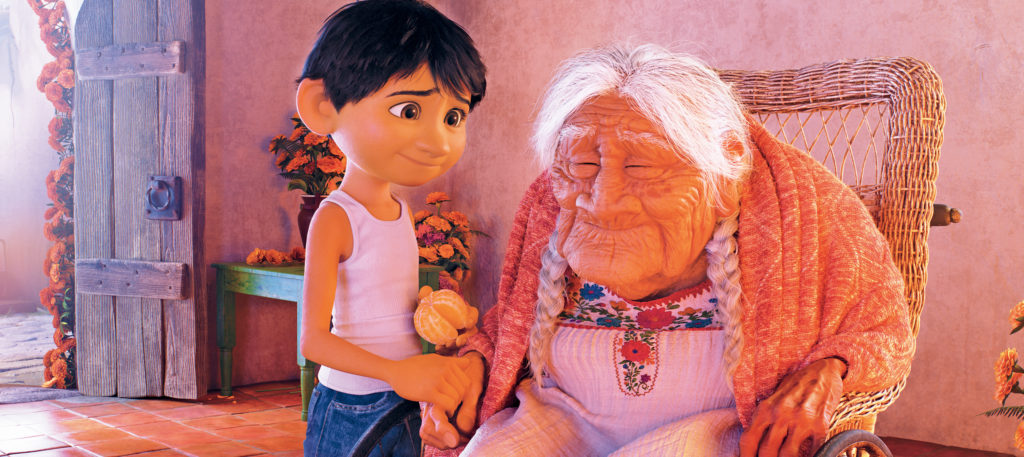
Bernardi decided to use a palette of warm colors for Miguel’s village and to illuminate the town with natural light. In contrast, the Land of the Dead is seen at night and features cool colors and artificial light. Indeed, one scene features 8 million points of light — a visual feat that required Bernardi to create custom code.
Bernardi says the look and feel of Coco was the product of both his imagination and several fact-finding trips to Mexico, where designers observed Day of the Dead celebrations in locations big and small. In the movie, for instance, the Land of the Dead is inspired by the hillside city of Guanajuato.
“At Pixar, research is vitally important. When I worked on Finding Nemo, I had to become certified in scuba, so I could see what a coral reef looked like. For Cars, I took a trip down Route 66, so I’d know what it’s like to stand in the desert heat when the sun goes down.
And for WALL-E, I got to go to …”
Outerspace?!
“No, a garbage dump,” he says.
Nothing and everything about Bernardi’s education at Washington University prepared him for this career. Bernardi, a native of Edwardsville, Illinois, majored in biology and had even taken the MCAT when he decided to write music for film. Like Miguel, Bernardi loved music. As a student, he played with the popular local band Big Fun and took electronic and computer music classes. Soon, his passion for making music for film morphed into an interest in making graphics for film.
“There’s actually a logic to that progression,” Bernardi says. “The underlying functions and math behind sound design and computer design are similar.”
The field was new, and the technology changed rapidly. To adapt, Bernardi leaned on his liberal arts education.
“Ultimately, my classes taught me how to acquire knowledge,” Bernardi says. “Having a broad education across technologies and disciplines gave me the confidence to try new things.” And seemingly it honed a talent — much like the movie Coco — to shine brightly.
Diane Toroian Keaggy, AB ’90, is senior news director of campus life.
